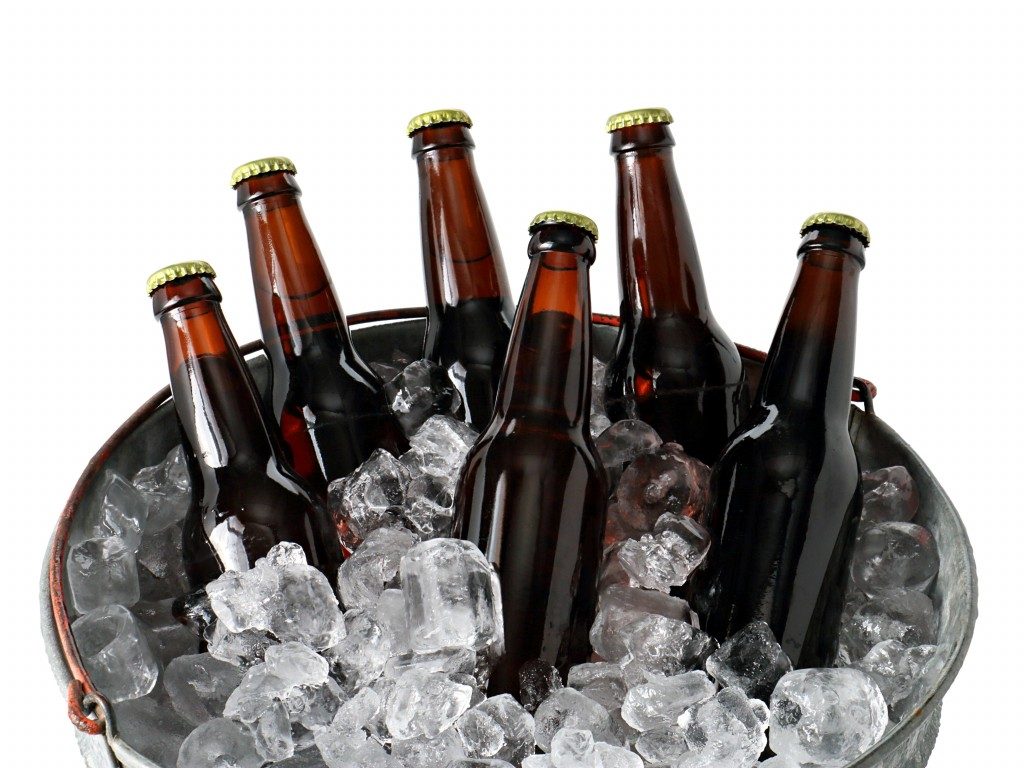If your interest in beer isn’t limited to drinking it, then maybe it’s time to start a bit of brewing. The craft beer phenomenon is sweeping the globe, and most breweries began with a wild idea, a love of beer, and a few household items.
Supplies and Equipment
If your spouse cooks or bakes, you’ll probably find a lot of the equipment you need already in your house. However, it’s still best to purchase new equipment, specifically for brewing. You’ll need a digital scale, a measuring jug, an instant-read thermometer, and a digital timer for precise measurements. For the wort, you’ll need an 8-12 liter stockpot, a wooden spoon that’s long enough to stir it, and a 10-inch diameter strainer (fine mesh) or colander.
You can purchase a hop bag or steeping bag, but cheesecloth or even a pantyhose works reasonably well. For fermenting, you should opt for a small kit, preferably limited to 25 liters. Purchase a couple of jugs to store your beer in and add a siphon if your kit didn’t come with one. If you want to know the precise alcohol levels of your brews, then add a hydrometer to your supply run.
You won’t be brewing without ingredients, and you’ll need more than a few of them. Head to your brewing store for 2-3 kilos of hopped pale malt extract syrup, 25-50 grams of your desired hops, one pack of dry ale yeast, and a cup of corn sugar (you’ll only need ¾) for priming
Cleaning, Cleaning, Cleaning

Brewing beer is an exacting process, especially when it comes to cleaning. Fermentation is a delicate process, and contamination can ruin whole batches of your brews. Make sure to clean your fermenting kit thoroughly. Use acid-based cleaning solutions like hydrogen peroxide, peroxyacetic acid, and anionic acids.
These solutions leave no residues, keeping your fermentation process as pristine as possible. Don’t just pay attention to the bucket; make sure the siphons are clean as accumulated particles can be a breeding ground for bacteria.
Start Making Those Brews
Boil 10 liters of water in your stockpot. Once it boils, turn off the heat and add the malt syrup, making sure all of it gets dissolved in the water. Get the pot to a low boil (not just a simmer!) and start adding your bittering hops. Maintain the temperature for about an hour and try to avoid boilovers that can reduce your brew’s flavors and integrity. Add your finishing hops 15 minutes before the hour is done or the last 5 minutes if you want a more aromatic drink.
Once the wort is done boiling for an hour, you’ll need to bring down its temperature immediately. Use an ice bath or immerse the pot in a tub of ice — do not put ice into the wort! Fill your sanitized fermentation bucket with another 10 liters of water and add the strained wort once it’s no longer hot (warm is fine). Pitch in the re-hydrated yeast and shake the bucket (mildly) to churn its contents.
Seal it with the airlock and store it in a safe place, preferably away from heat or temperature drops. In two weeks, your beer will be ready. Prime it by adding the boiled corn sugar, stir it a bit, and start bottling.
Brewing your beer is exacting and time-consuming, but all the work is worth it once you get to drink your beer. You’ll only get better with time and experience, so start brewing and don’t stop.

